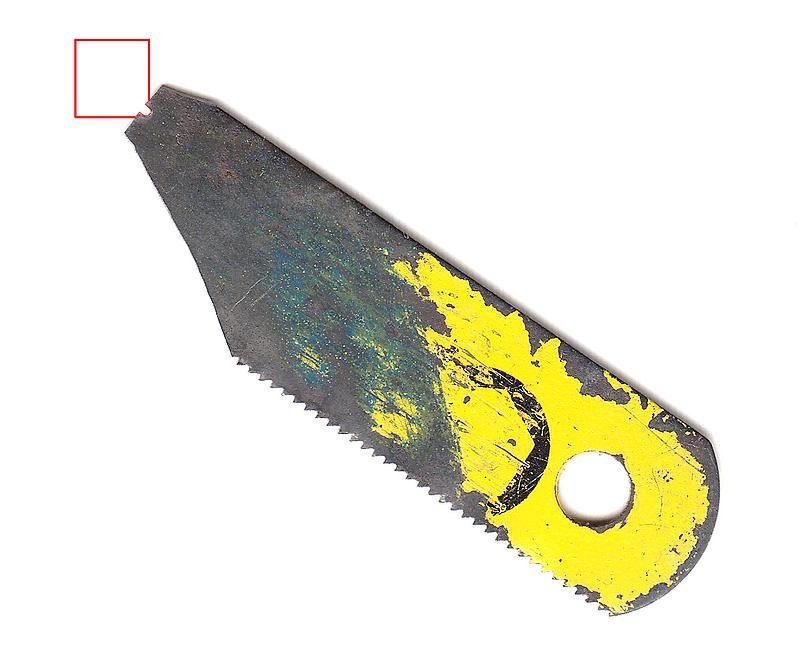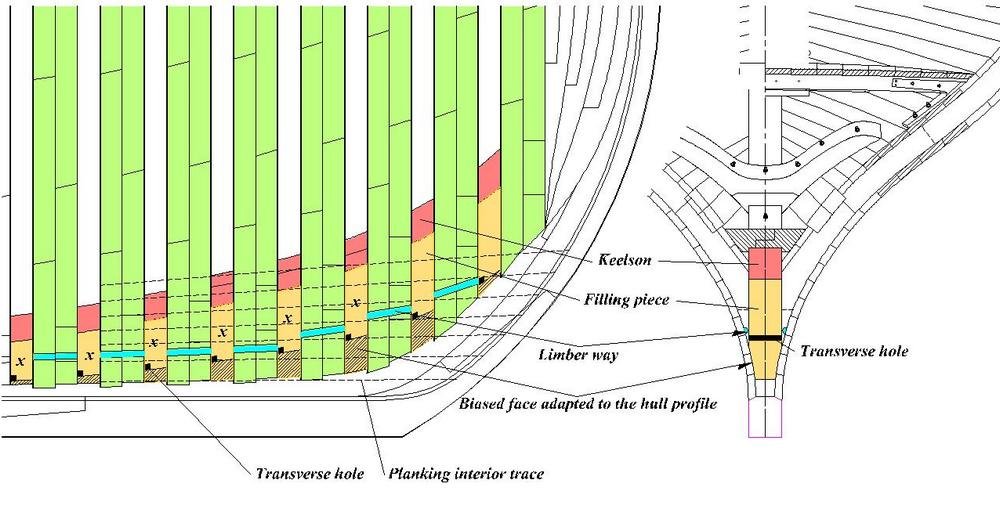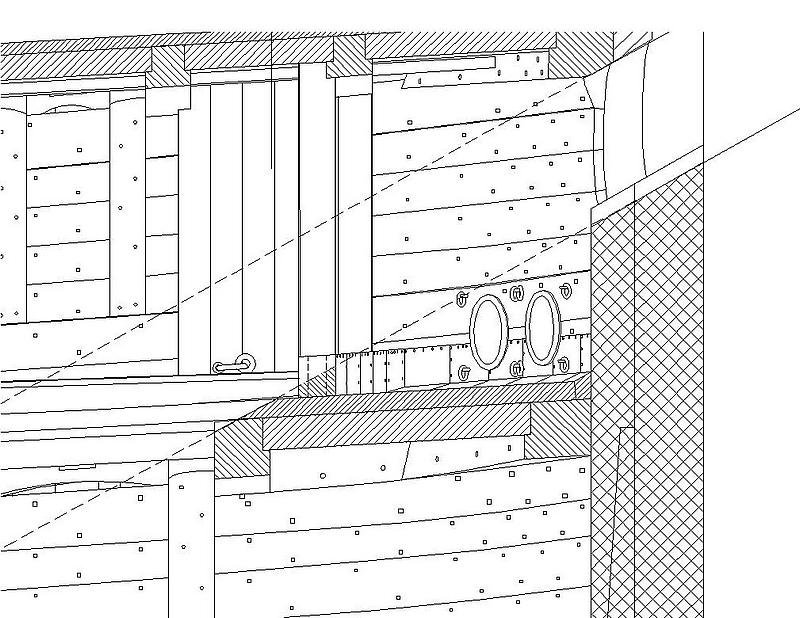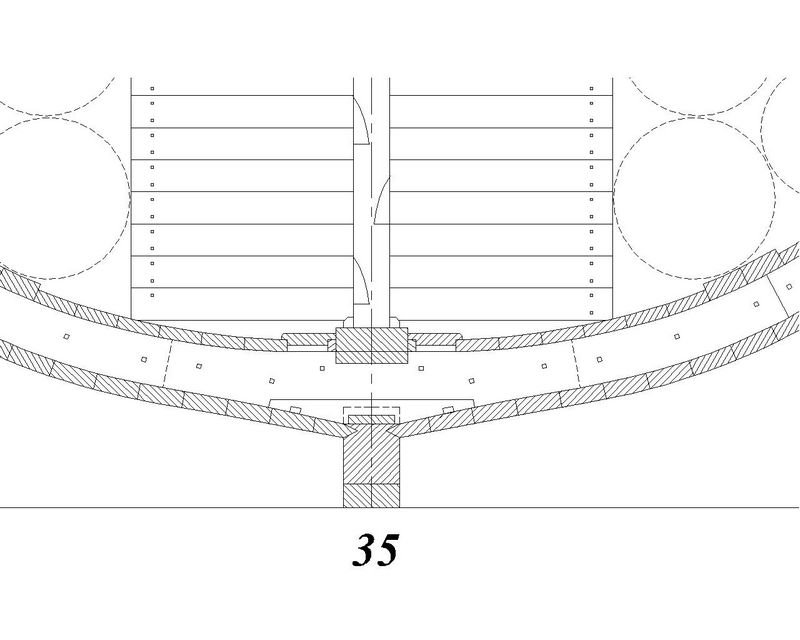-
Posts
177 -
Joined
-
Last visited
Content Type
Profiles
Forums
Gallery
Events
Posts posted by G. Delacroix
-
-
Hello,
In front of the multitude of small problems which prevent me from working serenely, I transferred all my publications to ANCRE which will henceforth assure the diffusion.
These are the following monographs: Le Commerce de Marseille, La Fleur de Lis, L'Amarante, La Machine à curer les ports, Le Rochefort and finally L'Égyptienne.ANCRE will therefore take care of the distribution of the books and, good news, will take care of translations for those that dont exist.
Time to put everything in place and the monographs will soon appear on the ANCRE website.Stopping publication does not mean stopping monographs. I hope that new subjects will see the light of day.
Best regards,
Gérard Delacroix
- Chuck, davec, paulsutcliffe and 20 others
-
 23
23
-
Hello,
I do not know the value of the English pound at the end of the eighteenth century but if, considering that it has not changed (453 g) since, I apply it to 64 pounds, I get 27873 g.
The French pound weighed 489 g, which applied to 57 pounds gives us 28992 g.
There is therefore a significant difference of 1119 g which makes me think that they may not be English caronades but perhaps Dutch or ... -
Hello,
I am pleased to inform you that the first part of the English translation of L'Egyptienne is available. (Translation by Tony Klouda)
This translation concerns the first 180 pages. The rest that describes the rigging will be available in a few weeks.
Gérard Delacroix
-
-
Hello,
Thank you all.
For now, only in French because we make corrections until the last day. An English, Spanish and Italian translation is in progress but it's a very long job.
Anyway, the booklet text translation without illustrations, when it will be available, is always sent in pdf file to the buyers of the French monograph whose acquisition is imperative to obtain the translation.GD
-
Hello,
Yes, of course, it's the classic way to draw the hull of any ship. The design of the Venus hull is an anomaly. At the time, Jean Boudriot did not draw his monographs, he used a person for this work who was not familiar with the subject ...
Regards,
GD- mtaylor and thibaultron
-
 2
2
-
Hello,
I am pleased to announce you the beginning of the subscription for a new monograph.
It's a book about the rare 24-prd French frigates of the eighteenth century. The ship chosen is "L'Egyptienne" built in Toulon in 1799 by François Caro. The national collections retain two models of this frigate that have been of great help in the development of this monograph. As usual, all the framing, fittings and equipment are represented as well as the masts, sails and details of the rigging.
The booklet has 216 pages with many drawings in 3D and about sixty photos of the museum models. The plans folder contains 39 particularly detailed 1/48 plates.
The page of this monograph is here: https://ancre.fr/fr/monographies/102-legyptienne-fregate-de-24-1799-9782952740654.htmlBest regards
Gérard Delacroix
-
Hello Tony
Here is the scraper that I used on the model.
The notch is made with a 0.8 mm thick cutting disc.
The drawing shows how to use it.
- KARAVOKIRIS, cog, tkay11 and 4 others
-
 7
7
-
-
2 hours ago, uss frolick said:
... I hear rumors that a 24-pounder frigate from just that era may be in the works. Fingers crossed ... ...
Hello,
This is quite true for the project, I am working on the monograph of a frigate of 24 "L’Égyptienne". The plans are almost finished, it remains the writing of the text.
Expected release early next year but not at Ancre Editions but under my name as usual since 2006.Gérard Delacroix
-
On 25/03/2018 at 6:42 PM, Jeronimo said:
Hello.
Thanks Albert and Johann
No idea why the pictures are not in the right order.
Question to all: Does anyone know if the "Chebece" had ballast stones?
Logically, it would be because of the low draft and thus the risk of capsizing.
Boudriot shows nothing in his plans.
Thank you in advance.
Karl
Hello,
You posted the question on my forum, the answer was brought:
http://5500.forumactif.org/t3199-chebec-le-requin
GD
-
Hello,
If it can help you, in France in the 1720s, gratings have spacing of 2 inches French to 2 inches 1/2. (54 à 68 mm)
The ledge, placed across the ship has the same dimensions in square.
The cross batten, placed along the ship, has the same width, but is 1/2 inch thick. (13,5 mm)
The gratings have the same curvature as the deck or sometimes an extra 1 1/2 inch. (40 mm)
I think English dimensions should be close.GD
-
-
-
-> GB: Despite your very unpleasant comments about my drawings, I post this sketch for the understanding of this forum members.
It can be seen that the transverse hole must be raised in the filling pieces in order to remain efficient. This also implies that the limber way must be able to collect the water, it must also be raised but especially staying under a strake.
Gérard Delacroix

- mtaylor, billocrates, Jeronimo and 10 others
-
 13
13
-
Hello,
The tracing of the limber way is not the result of hazard or an approximation, it must be placed according to very precise rules.
(I hope that the translation of my text will be correct and understandable.)
First of all, it must always be placed in the middle of a strake to avoid disturbing the caulking of the shell, the oakum (tow ?) of which would inevitably block the channel when it’s in place. When it encounters the strake end, what happens at one time or another, an iron plate is placed under the joint.
The limber way must collect, under normal conditions, any infiltration water but especially the condensation water that forms in the hull (in the case of large waterways it no longer serves anything). To collect these "small waters", it’s imperative to be worked in a place where these waters can arrived, that’s means where the fills between the keel and the keelson leave a space forming receptacle. To cut the limber way in the deadwood as seen in a picture above is useless, technically and historically inexact.
In the central part of the vessel, the channel is located beneath the second strake curtain of which it follows the course. As it moves towards the ends, there is a place where the shapes of the hull begin to intercept the foot of the fills placed between the keel and the keelson causing the hole drilled at the foot of these fills to be raised. These holes passing through the foot of the fills must do their job, if covered by the planking, they are useless. The channel must be raised accordingly in order to collect the water present there without intercepting a strake caulking. It is then shifted from a strake of planking in height or two a few times.
GD
- druxey, billocrates, BANYAN and 3 others
-
 6
6
-
-
They are inside, they would be inaccessible to the outside.

- CaptainSteve, druxey, reklein and 1 other
-
 4
4
-
Hello,
In the French navy , and whatever the ship (vessel or frigates), the hawse is closed by a hawse-plug which is a plug of poplar wood.
There is two models: one that completely obstructs the hawse, it has a conical shape and it's used at sea. The other is almost similar but it is cut along its length leaving a channel to pass the cable anchor. It's use when the ship is anchored.
These plugs are immobilized by four ring-bolds implanted around the hawse.
GD
- BANYAN, John Allen and druxey
-
 3
3
-
-
Hello,
You have to take a carriage used after 1758 ie the one on the drawing from above.
The height of this carriage is surprising, it is necessary to verify its height so that the gun is in the middle of the port.
The bottom drawing is taken from the monograph on the 64-gun ship Le Fleuron. This 1730 eight-pounder cannon has a pre-1758 carriage, which is here proportioned for a 24-pounder gun port. It is a special arrangement for the Fleuron. Its dimensions are not common.
Gérard Delacroix
- John Garnish, Canute and dafi
-
 3
3
-
Hello,
In the seventeenth and eighteenth centuries and probably before, in France, the cannons were all rigged in this way. The breeching passes through the gun carriage.
The through holes are worked accordingly by rounding the edges.
GD
- mtaylor, thibaultron and Eddie
-
 3
3
-
Hello,
Good job and excellent finishing of this barge framework.
GD
- thibaultron, mtaylor, druxey and 1 other
-
 4
4
-
Hello,
A "talonnier" (heel-piece ?) is a filler piece to avoid the use of large wood. It is a supplementary piece which has no fixed dimensions, it serves only to fill the middle of the floor timbers whose original part lacks wood.
The one drawn by JB is not entirely accurate, it does not correspond to the time data.
Here are, for example, those used on the 24 prd frigate L'Egyptienne:




SAINT PHILIPPE 1693 by Heinrich der Seefahrer - 1/64
in - Build logs for subjects built 1501 - 1750
Posted
Hello,
It is certain that certain new plans of Ancre present anomalies which it is difficult for me to justify.
What I would like to say is that the monographs of which I am the author, and which are now sold by Ancre, come from my stock and that they have been tested by many model makers.
You have no need to worry about their reliability.
GD